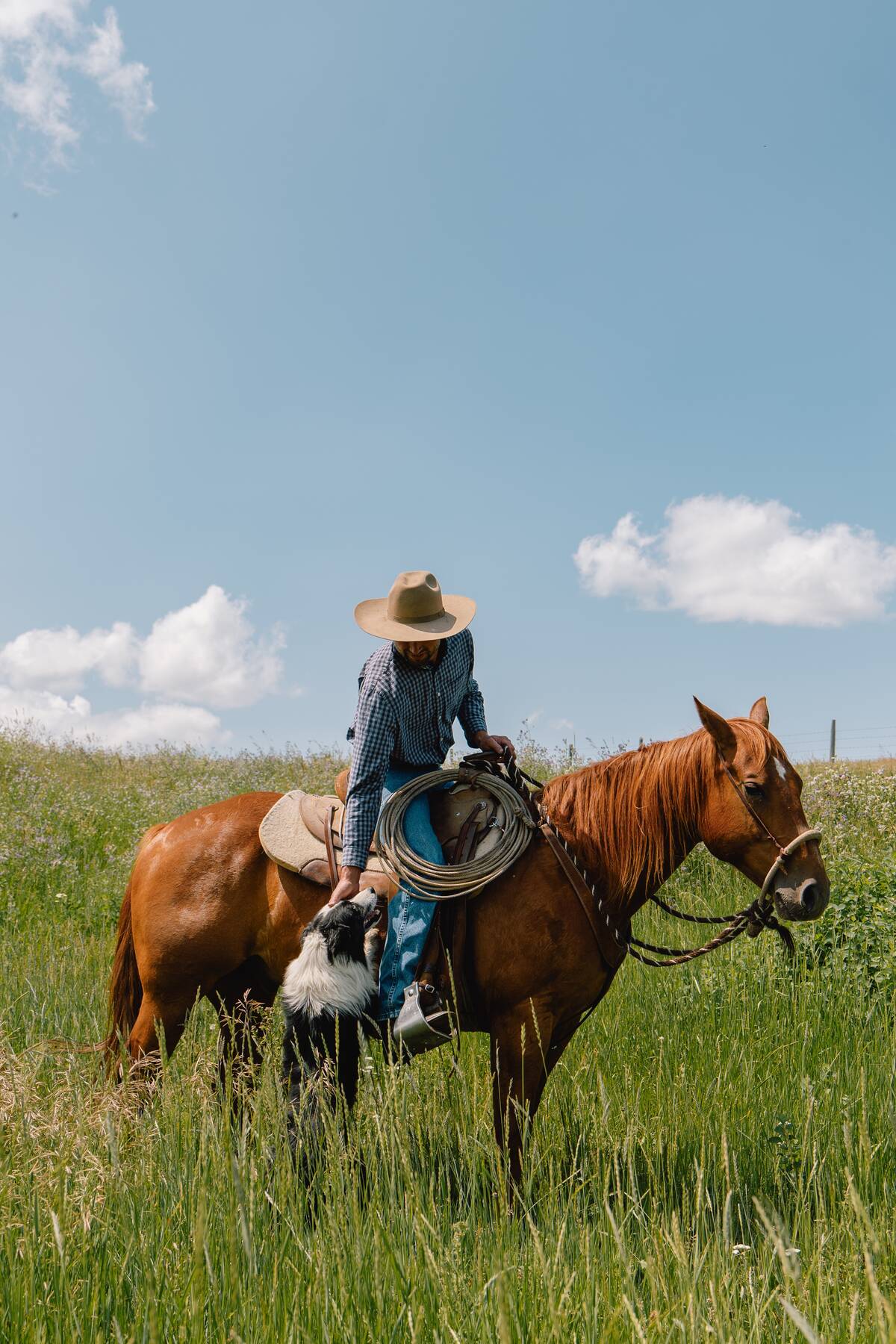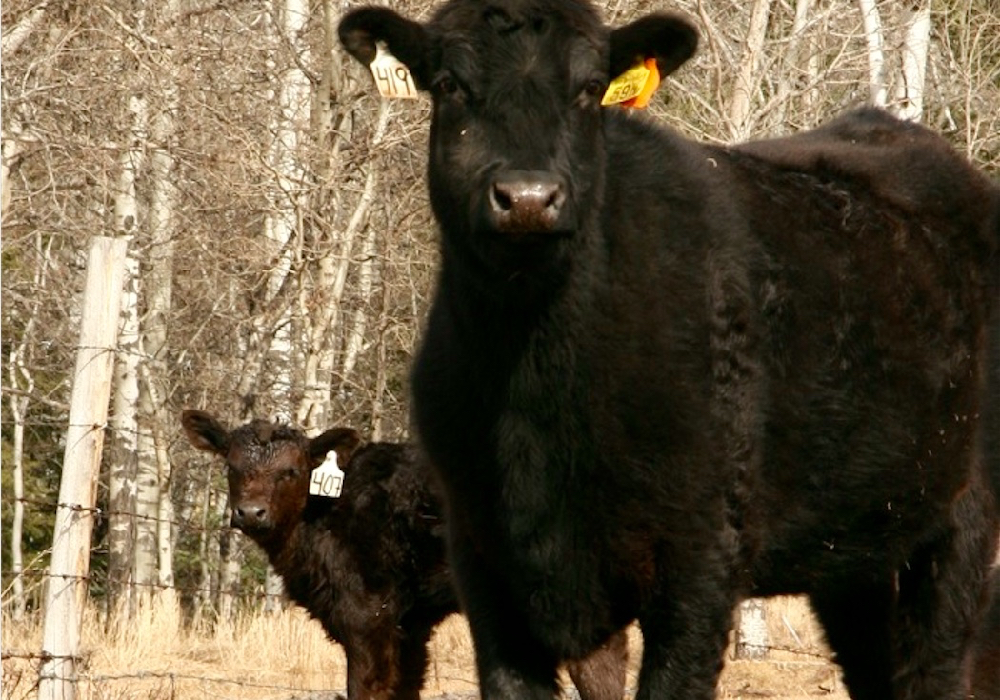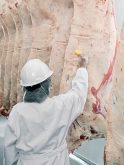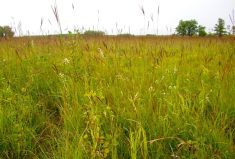Calving season is upon some of you and just around the corner for many more. Half of those calves will be castrated.
Research has shown that it’s best to castrate calves at the youngest practical age to minimize pain and speed recovery. The 2019 Adoption Rates of Recommended Practices by Cow-Calf Operators in Canada study indicated that over half of cow-calf producers in Ontario, nearly 70 per cent in Atlantic Canada, and over 90 per cent in Western Canada reported castrating calves before three months of age.
Read Also

Regenerative ranching sees Alberta family through three decades of ups and downs
Alberta ranchers have found regenerative ranching key to surviving ups and downs of the business
Within the last decade, practical, affordable, effective pain control products such as meloxicam have become available (i.e. Metacam, Rheumocam, Oral Meloxicam, Meloxidyl). These can help reduce the pain of knife and band castration in calves as young as two months of age. Up to a quarter of cow-calf producers in Western Canada and Ontario report using pain control, depending on when and how they castrate calves.
But research reveals that week-old calves show fewer physiological or behavioural signs of castration pain than older calves. I used to think that very young calves were simply more pain tolerant. It’s probably more complicated than that. For one thing, a newborn calf has just spent nine months connected to its mother’s life support system. Like a cold tractor, it can take some time for the newborn’s systems to “boot up,” stabilize and become fully operational. The pain response may be part of that — the calf may feel pain, but not fully able to respond to it, sort of like a human patient with “locked-in” syndrome who’s paralyzed and unable to speak but still fully conscious. On top of that, birth is a physically taxing experience for both the cow and calf. The newborn calf may simply be unable to respond to the additional stress or pain of castration.
Dr. Karen Schwartzkopf-Genswein and her team at AAFC Lethbridge recently studied whether meloxicam helps week-old calves cope with the acute and chronic pain caused by castration (Journal of Animal Science 96:1268-1280 and 96:4136-4148).
What they did: Week-old Angus-cross bull calves averaging 105 lbs. were divided into three groups of 24 head. One group was castrated with a Newberry knife, a second group was banded and a third group was sham castrated (the scrotum was manipulated but not cut). Half of the calves in each group were injected with the label dose of Metacam immediately before castration. The rest were injected with a placebo.
Acute pain was evaluated using intensive physiological and behavioural pain measurements collected the day before castration, during castration, the hours immediately after and the first week after castration. Chronic pain and scrotal swelling and healing were assessed using weekly physiological and behavioural measurements collected over the following seven weeks. Calf weights were monitored for two months.
What they learned: Acute pain in the first week was more apparent in knife-castrated than banded calves, and higher in castrated than control calves. Meloxicam helped castrated calves respond more like the uncastrated calves. The signs of acute castration pain are subtle in newborn calves, but they feel it and meloxicam helps reduce it.
Chronic pain, swelling, healing and recovery were more prolonged in banded calves than in knife-castrated calves. Meloxicam didn’t reduce the signs of chronic pain, though, because it’s completely eliminated from the animal’s body about four and a half days after injection.
Performance was the same for knife castrated, banded, and control calves through the first two months, and the calves that received meloxicam did not grow any faster or weigh any more than those that didn’t.
What it means: These researchers have studied castration pain in many groups of calves. Here’s what they’ve learned. Castration causes three kinds of pain regardless of age or method. Castration hurts in the moments when the knife is cutting or the band is being applied (procedural pain), it hurts in the hours or days afterward due to inflammation and swelling (acute pain), and it hurts in the days and weeks afterward as the animal recovers from the surgery or as the scrotum sloughs off (chronic pain).
Drugs like meloxicam don’t eliminate procedural pain — that requires an anaesthetic drug. Current anaesthetics need to be administered up to 20 minutes ahead of time before they take effect. Non-steroidal inflammatory drugs (NSAIDs) like meloxicam wear off long before the chronic pain ends (unless calves are retreated). But this and other research shows that these drugs do help manage the acute pain in the hours and days after castration.
Other pain control products are available in Canada, including a pour-on banamine. Their effectiveness for managing castration pain hasn’t been studied as extensively as meloxicam, mainly because they came on the market after this research began.
Canadian research has not shown any performance benefit from the use of pain drugs. But producers still report real benefits. The calf hurts less, obviously. Producers also report that calves that receive pain medication at castration are livelier, move more easily, and mother up more quickly. That’s beneficial at any time but is probably most important early in life.
The Beef Research Cluster is funded by the Canadian Beef Cattle Check-Off and Agriculture and Agri-Food Canada with additional contributions from provincial beef industry groups and governments to advance research and technology transfer supporting the Canadian beef industry’s vision to be recognized as a preferred supplier of healthy, high-quality beef, cattle and genetics.

















